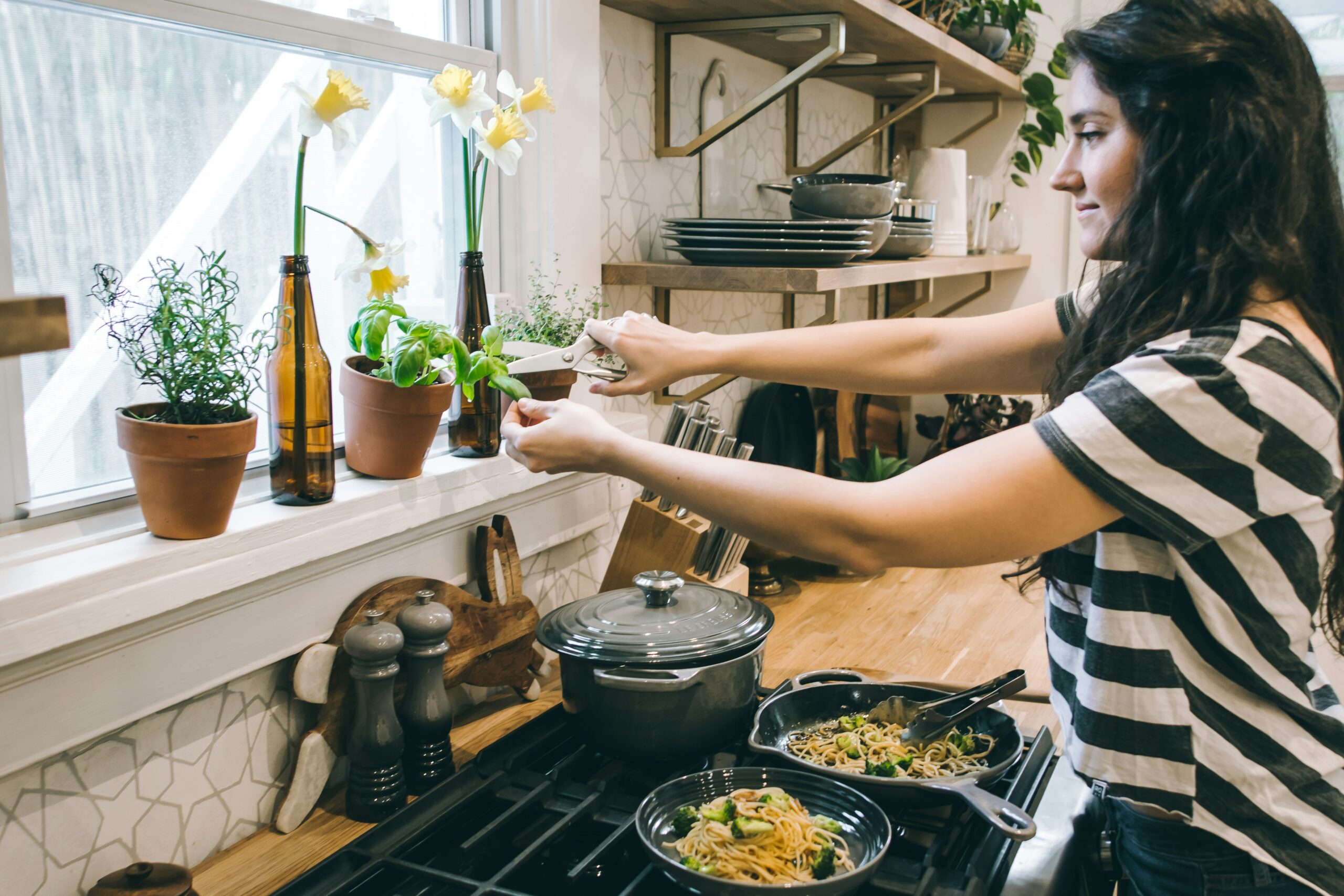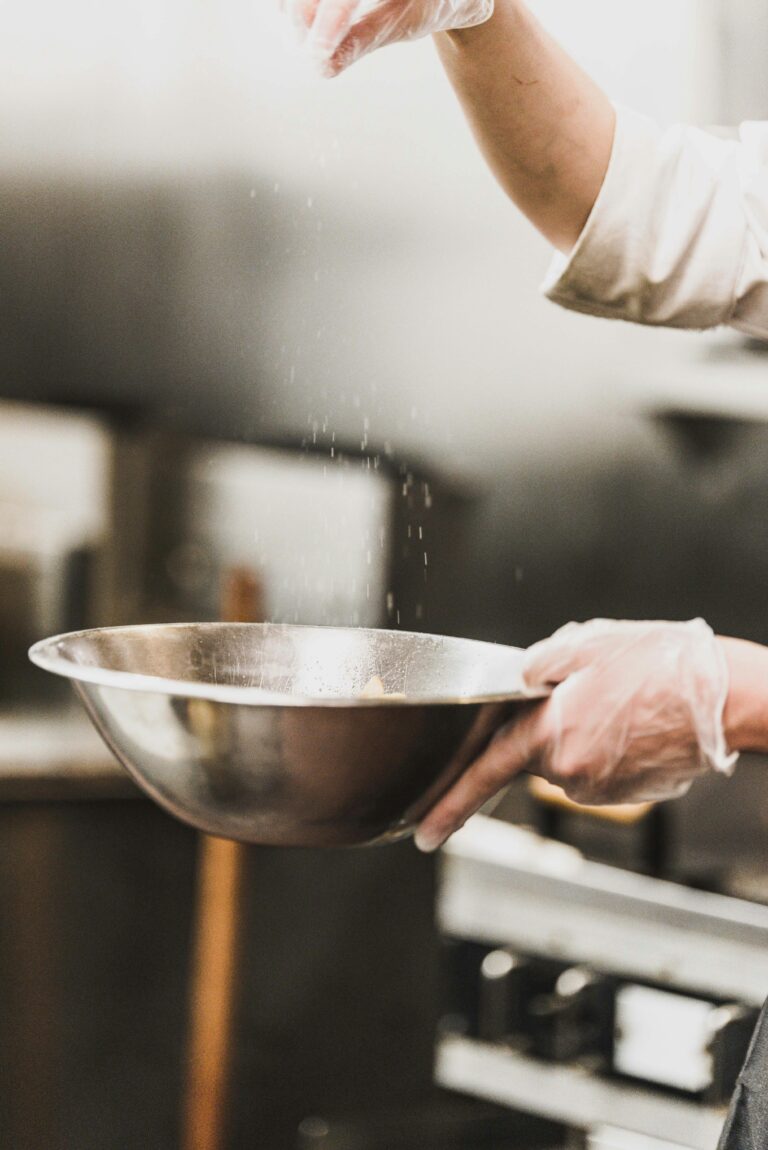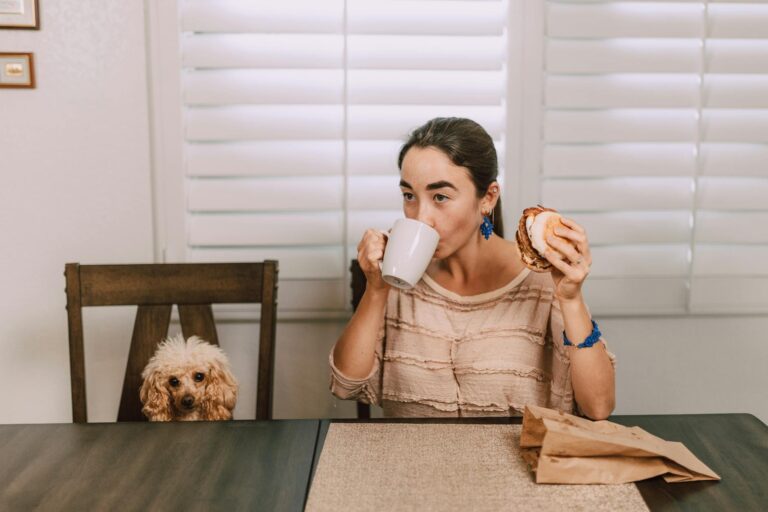Importance of Accurate Measurement in Cooking
In the realm of culinary arts, precise measurement plays a fundamental role in the outcome of dishes. Whether you’re a seasoned chef or an amateur baker, understanding the importance of measuring ingredients correctly is key to achieving consistent and delicious results.
Understanding the Significance of Measurement in Cooking and Baking
Accurate measurement in cooking and baking is akin to following a blueprint in construction; it provides the foundation for a well-executed dish. From intricate pastries to savory stews, the right balance of ingredients is crucial for flavor, texture, and overall presentation. Even seemingly small variations in measurement can significantly alter the final product, leading to either success or disappointment in the kitchen.
To delve deeper into the realm of measurements and equivalents, consider exploring our article on cooking measurement equivalents. Understanding these conversions can streamline your cooking process and enhance your culinary skills.
How Precision in Measuring Ingredients Impacts the Final Dish
The impact of precision in measuring ingredients extends beyond taste and appearance—it influences the overall quality and consistency of your creations. In baking, where the chemical reactions between ingredients are delicate and intricate, even the slightest deviation in measurement can result in a dense cake, flat cookies, or sunken loaves.
By embracing accurate measuring techniques and using the right tools, such as measuring cups and scales, you empower yourself to unlock the full potential of your recipes. Additionally, recognizing the difference between volume and weight measurements can elevate your cooking prowess and enable you to adapt recipes with confidence.
In the intricate dance of flavors and textures that is cooking, precise measurement acts as the choreographer, guiding you towards culinary excellence. Embrace the art and science of measuring ingredients, and witness how precision transforms your kitchen creations into culinary masterpieces.
Deciphering if 227 Grams Equals 1 Cup
When it comes to cooking and baking, precise measurements play a crucial role in the success of a recipe. Understanding the relationship between grams and cups is essential for achieving accurate results in the kitchen. In this section, we will explore whether 227 grams is equivalent to 1 cup and provide helpful tips and tricks for converting between grams and cups.
Exploring the Relationship Between Grams and Cups in Cooking
The conversion of grams to cups can vary depending on the ingredient being measured due to differences in density. While some ingredients have a straightforward conversion, others may require a more precise approach. To determine if 227 grams is equal to 1 cup, it’s important to consider the specific ingredient in question.
Here is a general reference table for common ingredients and their approximate conversions from grams to cups:
| Ingredient | Approximate Conversion (grams to cups) |
|---|---|
| Water | 1 cup = 240 grams |
| Flour (All-purpose) | 1 cup = 125 grams |
| Sugar (Granulated) | 1 cup = 200 grams |
| Butter | 1 cup = 227 grams |
Based on this table, it is evident that 227 grams is equivalent to 1 cup of butter. However, for other ingredients like flour or sugar, the conversion may differ. Therefore, it’s recommended to refer to specific conversion charts or utilize a kitchen scale for precise measurements.
Tips and Tricks for Converting Between Grams and Cups
Converting between grams and cups can sometimes be a challenging task, especially when working with different ingredients. Here are some tips and tricks to help you navigate the conversion process effectively:
-
Use Weight Measurements for Accuracy: When precision is crucial, weighing ingredients using a kitchen scale is the most accurate method. This ensures that you are using the exact amount required for the recipe.
-
Consult Conversion Charts: Refer to reliable conversion charts or online resources that provide accurate measurements for various ingredients. These resources can help you quickly determine the conversion from grams to cups.
-
Consider Ingredient Density: Keep in mind that ingredients have different densities, which can affect their conversion. For example, a cup of flour will weigh differently than a cup of sugar due to their varying densities.
-
Adjust for Accuracy: If a recipe specifies measurements in grams and you prefer using cups, make slight adjustments based on the specific ingredient to ensure accuracy in your cooking or baking.
By understanding the relationship between grams and cups and incorporating these tips into your culinary endeavors, you can confidently navigate the world of cooking and baking with precision and accuracy. Whether you are measuring flour, sugar, or butter, having a solid grasp of conversions will elevate your culinary creations to new heights.




